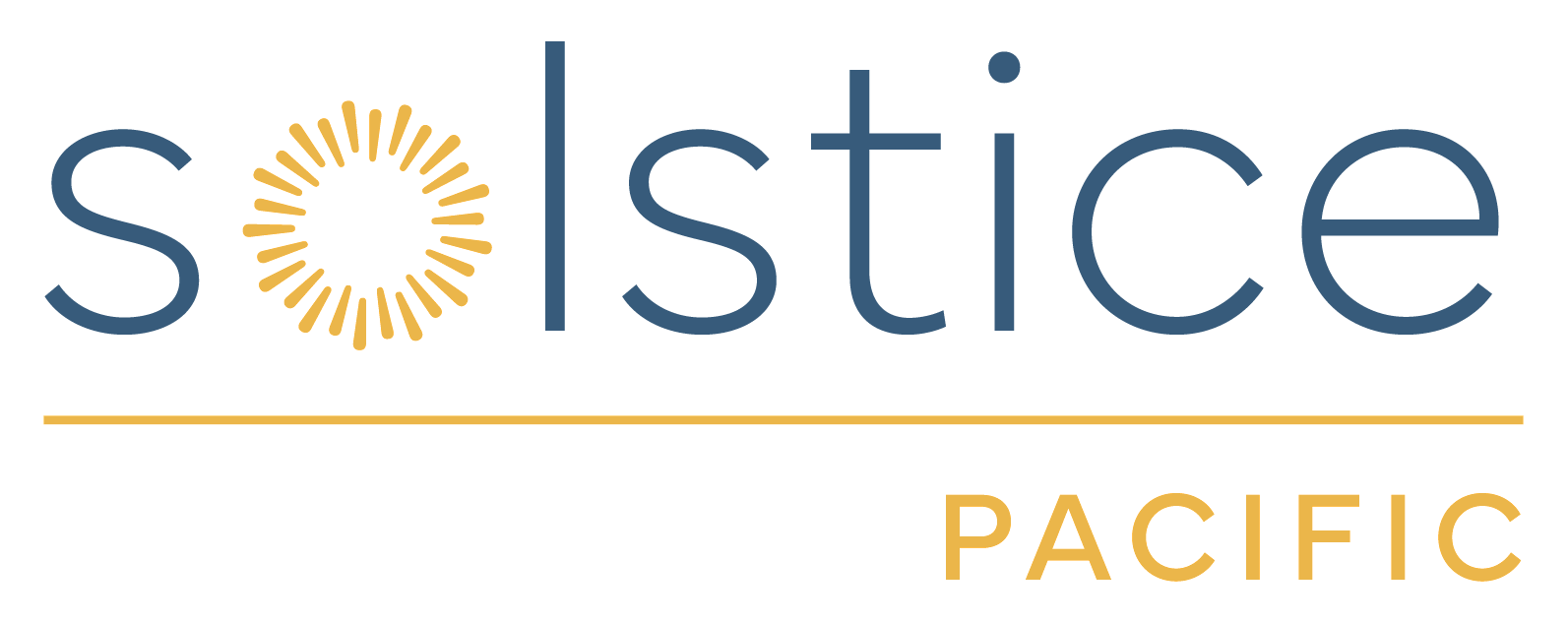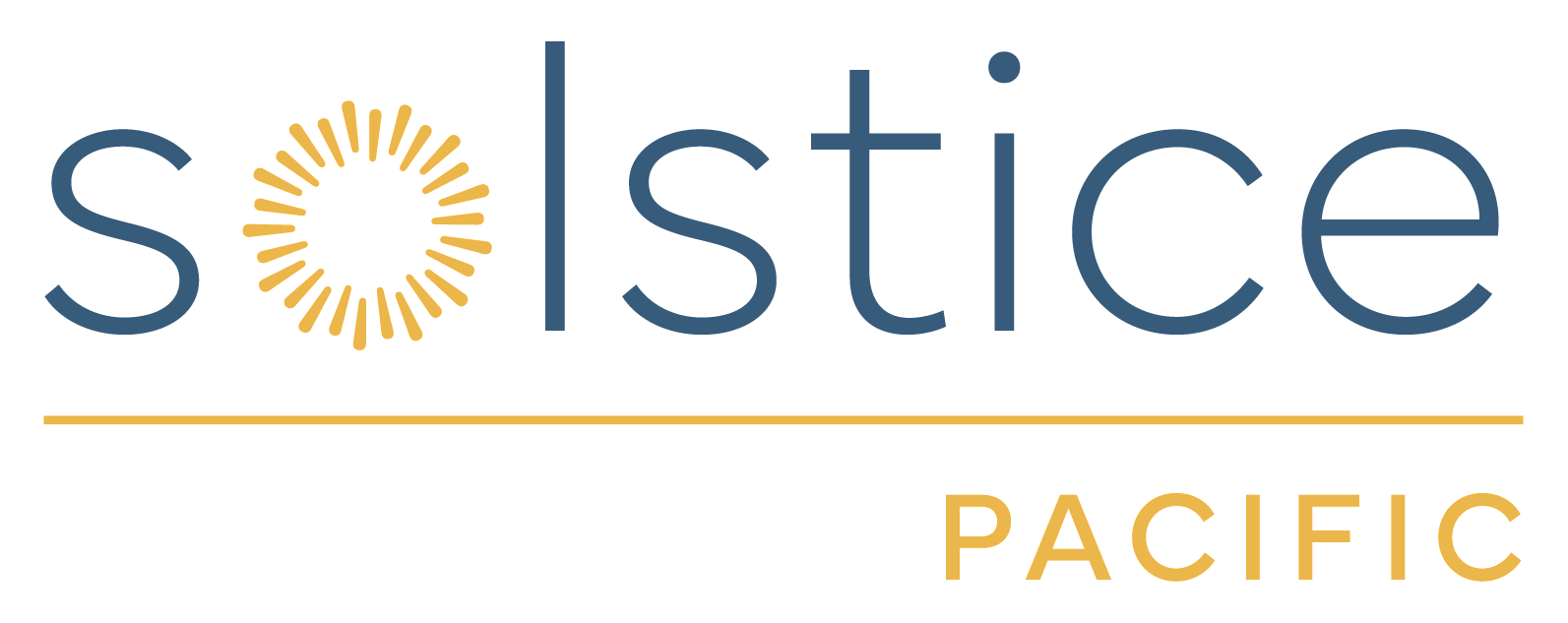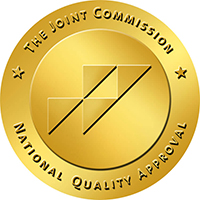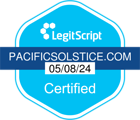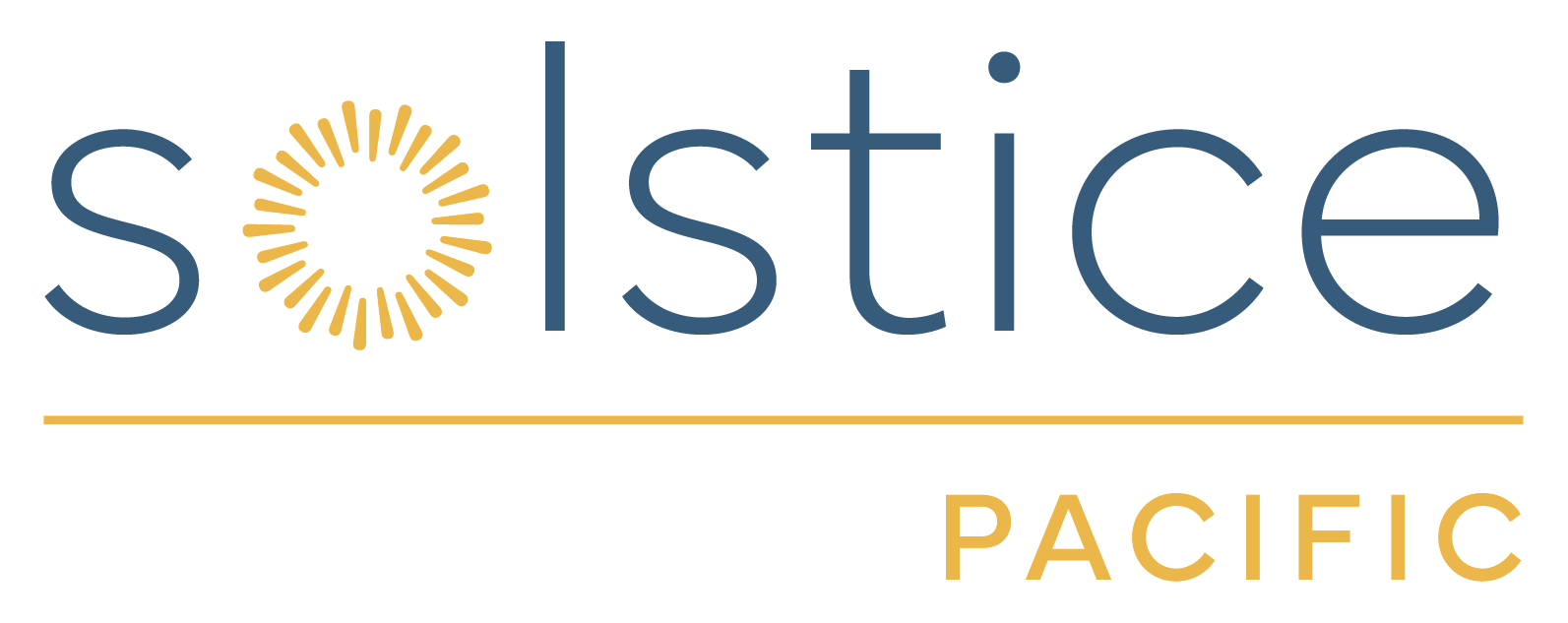Stroke and Depression

About the Disease
According to the American Stroke Association, "A stroke occurs when a vessel in the brain is blocked by a blood clot or ruptures. A stroke caused by a clot is called an ischemic stroke, making up about 85 percent of all strokes in the United States. Face drooping, arm weakness and difficulty speaking" should trigger a 911 call." Alteplase IV r-tPA may improve the chances of recovering from a stroke. Or an endovascular procedure could dissolve the blockage. But, trouble walking, headache, confusion, aphasia and emotional anguish may linger. During and after the stroke event, tissue regions suffer from lack of blood flow and no longer function or are severely impaired. Patients suffer from a variety of symptoms based on location of this tissue loss - mood, balance, behavior, speech, memory, sensory response - the more damage the greater the impact on daily living.
Why There Is Hope for Stroke
Rehabilitation and recovery after stroke requires measurement, rebuilding, consistent effort, support, and patience. Someone experiencing the aftermath of a stroke may encounter impairment in cognition, memory, nutrition, vision, balance, and communication. Research shows measurable gains in sensorimotor activity within 8 to 12 weeks when a person commits time to physical therapy, dialectical therapy, play therapy, speech therapy, and neuromodulating stimulation (TMS). Deficits can improve, but it is critical that the individual receives encouragement from loved ones, cardiovascular treatment and monitoring, neurological care, and psychological tools for processing and adjustment. Every person is different in terms of mood, grief, loss, coping, ataxia, and language, so treatment should always be tailored to the individual.
Helping A Loved One with Stroke
Although stroke is more likely after the age of 65, children can have a stroke as well. Regardless of age, prompt diagnosis and treatment can make all the difference in preserving brain function. It's overwhelming to support the needs of someone who feels helpless. Fighting back to counter hopelessness is critical in the midst of loss, grief and the changes to deliver efficient, targeted rehabilitation. Post-stroke assessment helps providers standardize care and detect needs. Your cardiologist will examine physiological and neurological ability at different milestones after stroke. Needs change with time, especially if the individual is given whole person care after the event. Loved ones need to utilize the tools given alongside the recovering person - even small progress is celebrated. It's important that your family and friends divide the work to protect your own self-care while building up the courage, functions and/or freedoms of their loved one. Comorbidities are common after stroke, but prevention is possible and we highly encourage teamwork to support a few simple goals. Even small wins will make a big difference in quality of life for your whole family.
How We Treat
Solstice Pacific takes a whole person approach to neuroscience. Stroke survivors may experience numbness in the face, arm, or leg, along with trouble speaking, walking, or seeing clearly. Fatigue, mental confusion, tingling sensations, lack of coordination, and reduced sensation can appear both before and after a stroke. The impact of stroke is complex and can often lead to depression, anxiety, or a sense of disconnection.
To support recovery, Solstice Pacific offers a bundle of three services: Psychotherapy, Family Therapy, and Transcranial Magnetic Stimulation (TMS). TMS uses non-invasive magnetic pulses to support healthy brain activity in areas affected by stroke. The combination of psychotherapy, family support, and TMS helps address symptoms of stress and depression while promoting healthier communication within the family system. Over time, the central nervous system can benefit from consistent, supportive patterns, which may improve quality of life and help the brain adapt to changes in blood flow.
TMS can help stimulate surrounding tissue in areas impacted by stroke, supporting neural activity and compensating for areas that have lost function. Through repetitive, regular stimulation, the post-stroke brain can learn and strengthen new pathways that may reduce inflammation, support nutrient flow, and boost efficiency. When paired with psychotherapy and family therapy, meaningful gains after a stroke are possible. In fact, in psychiatric and neurological care, a combination treatment model like this is often encouraged to support mood regulation, cognitive functioning, and healthy interpersonal connection.
